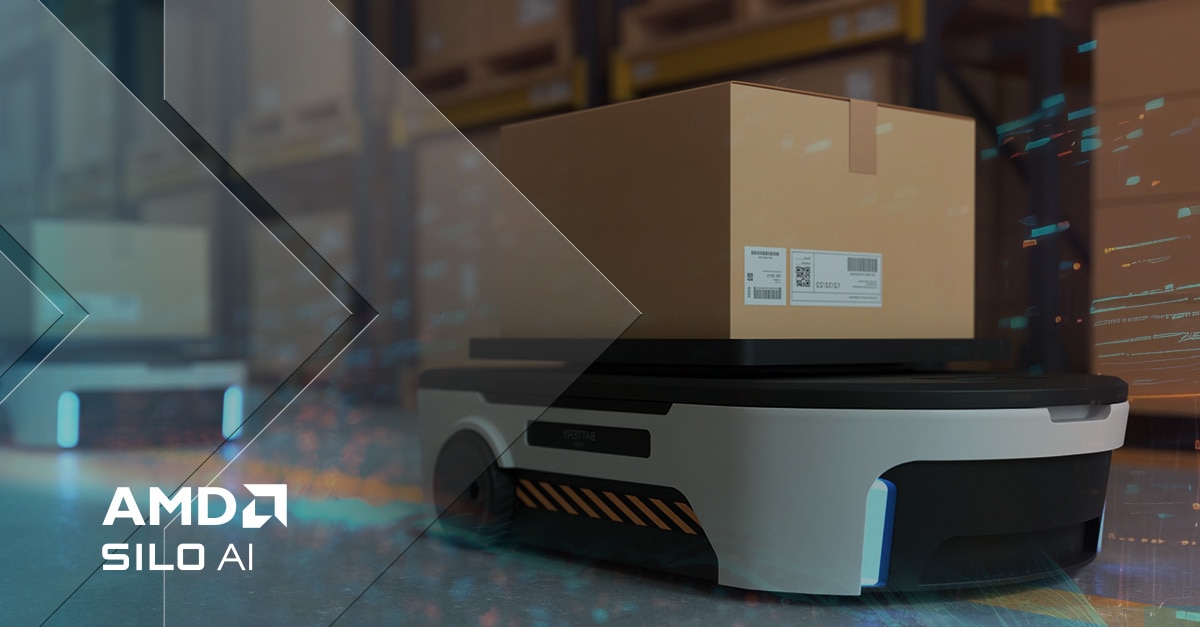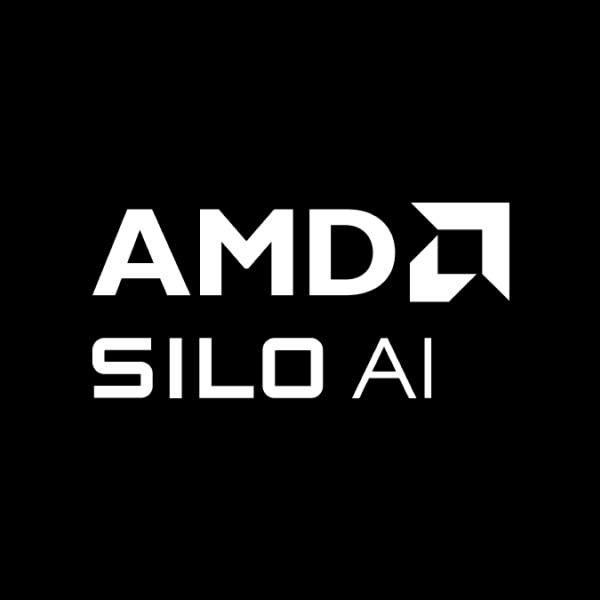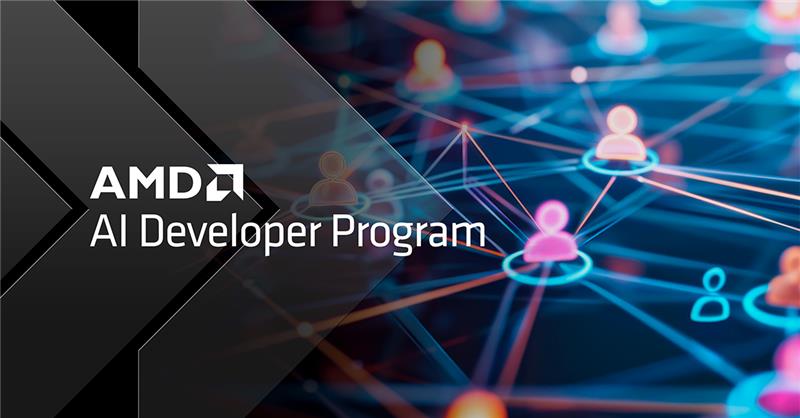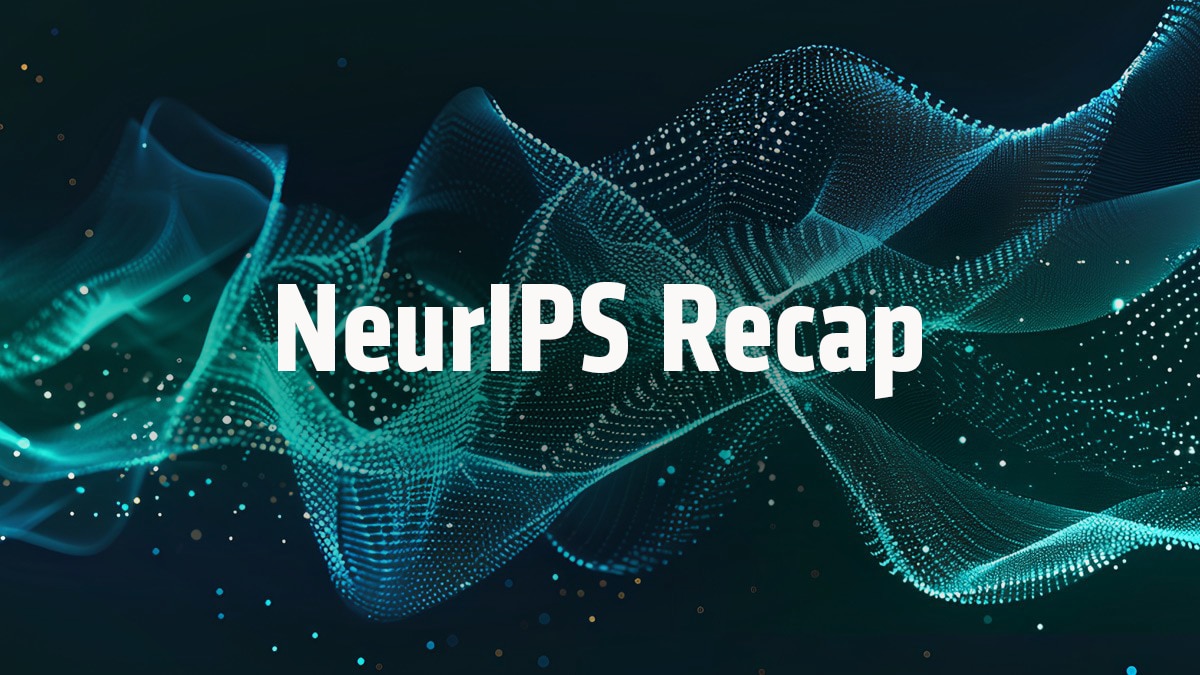Advancing Robotics Simulations with Robotec.ai and AMD Silo AI
Oct 21, 2025

AMD Silo AI is collaborating with Robotec.ai, a leading developer of simulation platforms for robotics applications, to optimize and scale digital twin and scenario reconstruction workloads for next-generation automotive and robotics systems running on AMD Instinct™ GPUs with the ROCm™ software stack. Aligned with Robotec.ai’s mission, AMD Silo AI is helping to build safe, human-friendly robotics through Robotec.ai’s open-source, AI-driven digital twin simulation tools.
Building on Robotec.ai’s work with AMD Kria™ SOM, this collaboration combines Robotec.ai’s flagship RoSi platform — an end-to-end tool for developing, training, and testing robotics and autonomous systems — with the scalable compute platforms of AMD. Robotec.ai’s RoSi Sensors, powered by the RGS ray-tracing library, delivers optimised GPU performance for LiDAR and radar simulation, enabling rapid testing of complex multi-sensor configurations.
The collaboration will focus on:
Optimizing Robotec.ai’s simulation stack for AMD hardware, and ROCm™ software stack, ensuring seamless performance across diverse compute environments.
Driving open-source initiatives in robotics and autonomous systems, showcasing capabilities such as sensor fusion, geometric and semantic scene understanding, sensor simulation, and digital twins, while engaging with academia and industry stakeholders to advance innovation.
“Open source empowers customers to evaluate technology on their own terms, inspect code for cybersecurity, and benefit from a community that validates and improves solutions,” says Michal Niezgoda, CEO and Co-Founder of Robotec.ai. “With proprietary solutions, you’re dependent on a single vendor’s roadmap and priorities. With AMD Silo AI we can scale our platform to meet the growing demand from our customers”.
Both collaborators are focused on expanding the robotics ecosystem by developing open-source solutions and accelerating development cycles, while simultaneously opening opportunities for academic collaborations and third-party contributions.
“The collaboration with Robotec.ai underscores a shared commitment to open-source innovation. A commitment that empowers customers with digital sovereignty and seamless portability of GPU workloads — enabling safer, more efficient robotics systems across diverse hardware and environments. Together we are helping build safe, human-friendly robotics,” says Peter Sarlin, CEO and Co-founder of AMD Silo AI.
Building an Open Ecosystem for Autonomous Systems and Robotics
Exemplified through the collaboration with Robotec.ai and the previously announced collaboration with Parallel Domain, AMD Silo AI is working with leading autonomous driving, robotics and simulation companies, and the scientific research community, to build an open ecosystem combining the best-in-class software with leading-edge GPU infrastructure for the autonomous and robotics industries.
Focused on developing an ecosystem that enables both cloud- and edge-based deployments of robotic applications, AMD is also collaborating with Robotec.ai to test the capabilities of the first fully autonomous warehouse robot. Leveraging agentic AI capabilities to dynamically plan and execute tasks in real time without reliance on hard-coded scripts, the robot runs exclusively on AMD Ryzen™ AI processors for embedded systems.
By tapping into its leading experience in end-to-end compute solutions spanning safety-critical edge devices, digital twin platforms, and AI cloud infrastructure, and through collaboration with industry forerunners such as Robotec.ai and Parallel Domain, AMD Silo AI is committed to expanding access to high-performance robotics simulation globally.
About Robotec.ai
Robotec.ai builds advanced simulation platforms for robotics, with ROS2-enabled, scalable solutions for warehousing, logistics, and manufacturing industries. Its AI team develops the Agentic AI framework (RAI) to bring generative AI capabilities to robotics. Robotec.ai’s simulation expertise enables AI-powered robots to be tested and validated digitally before real-world deployment.









